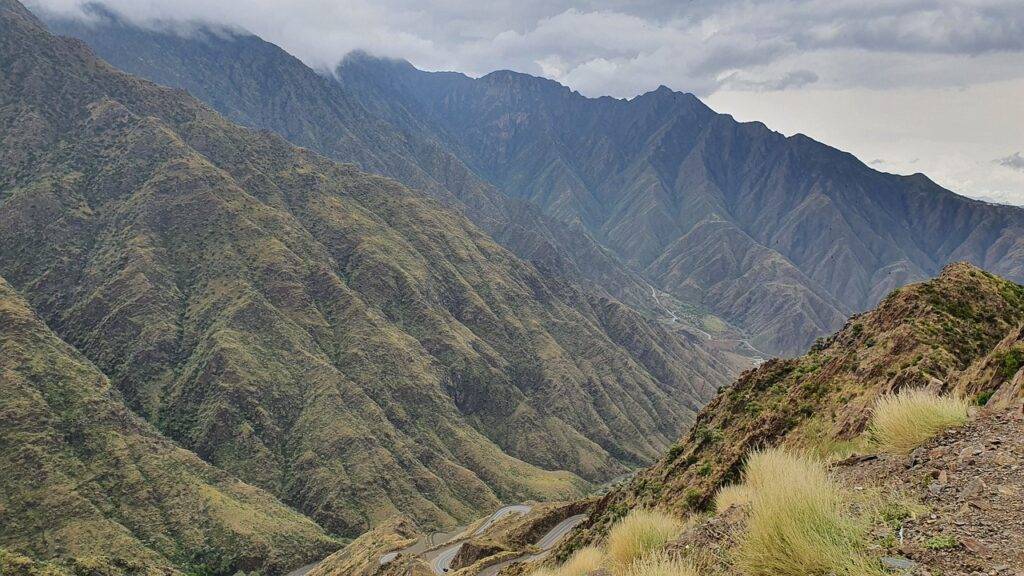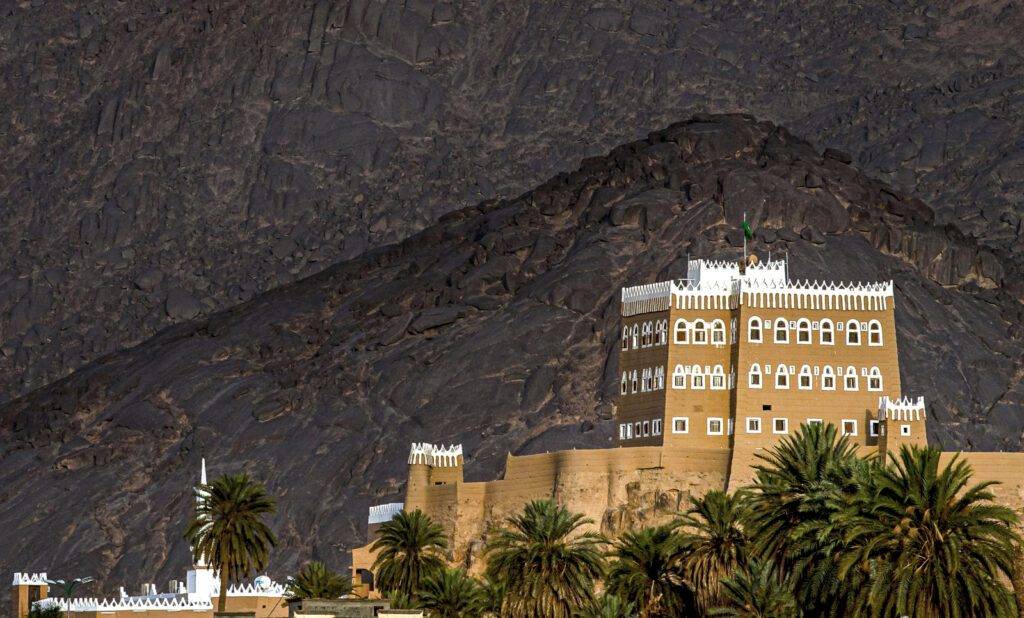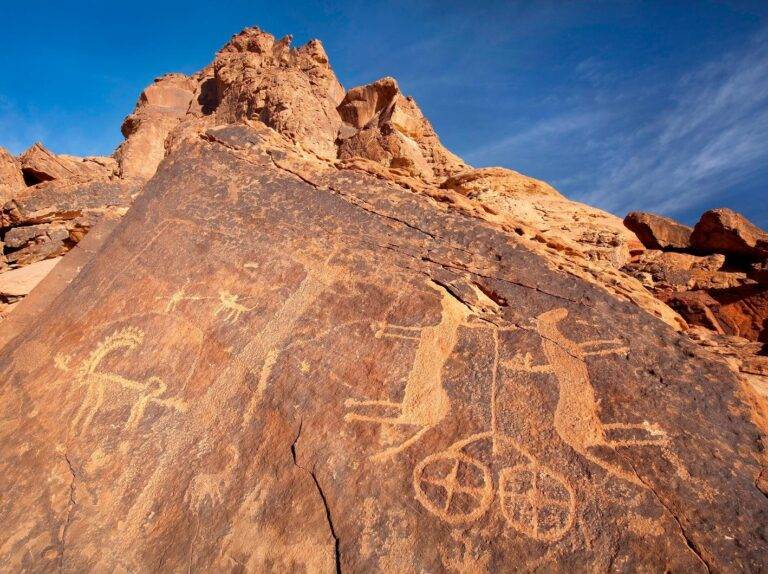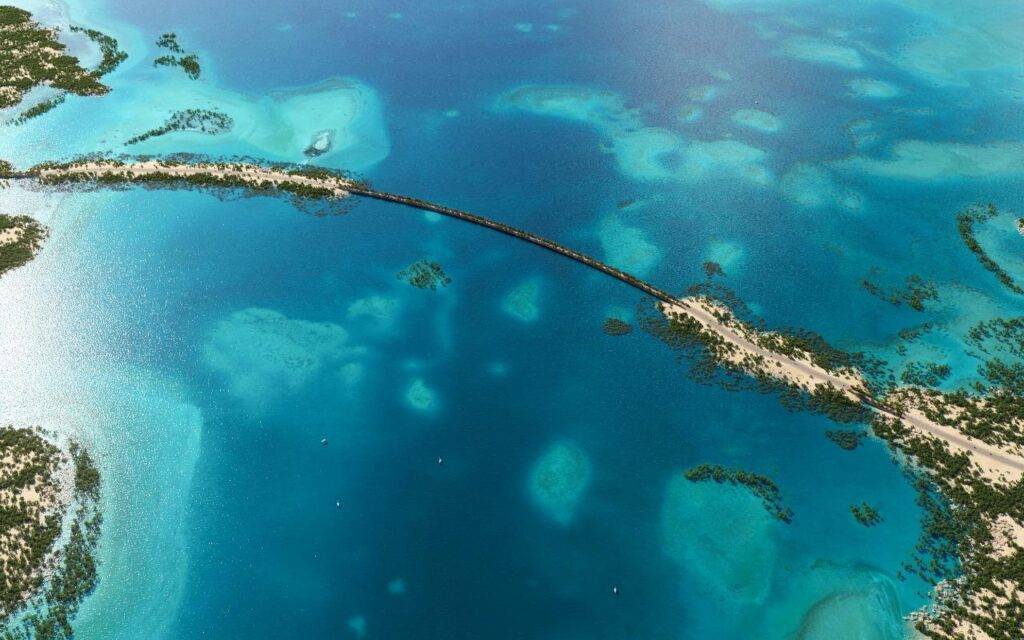Explore Saudi Arabia’s Best Kept Secrets: 7-Day Trip
Saudi Arabia’s Best Kept Secrets offer an unforgettable travel experience filled with hidden villages, ancient stone monuments, lush canyons, and untouched coastlines. This 7-day trip reveals destinations that most travelers never reach — giving you a deeper, authentic look into the Kingdom’s cultural and natural wonders.





